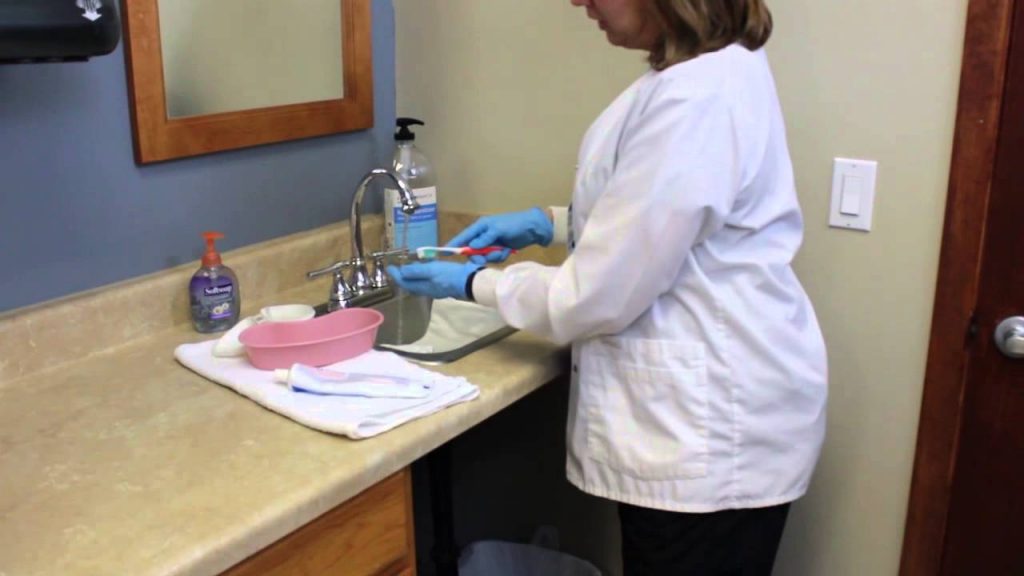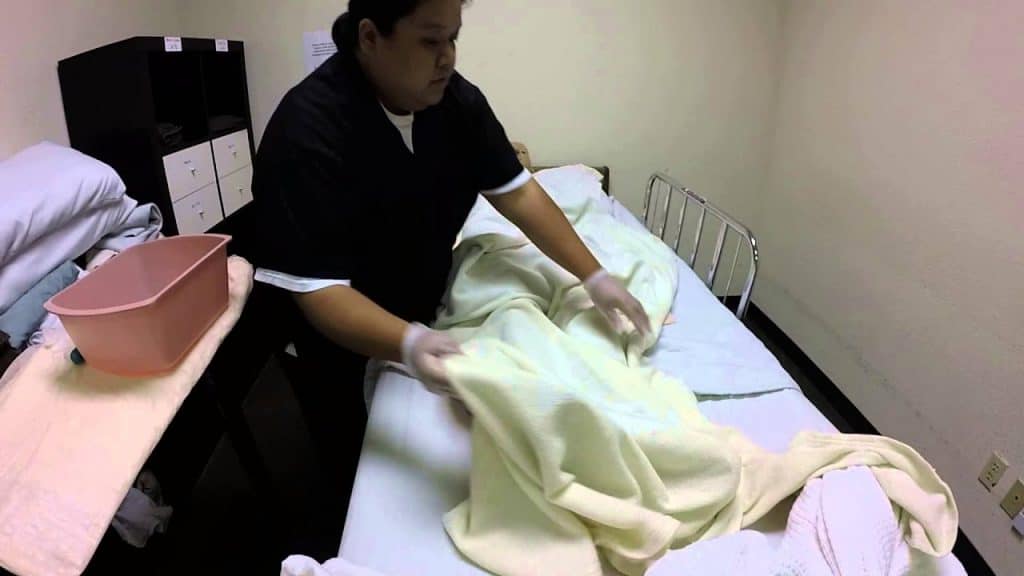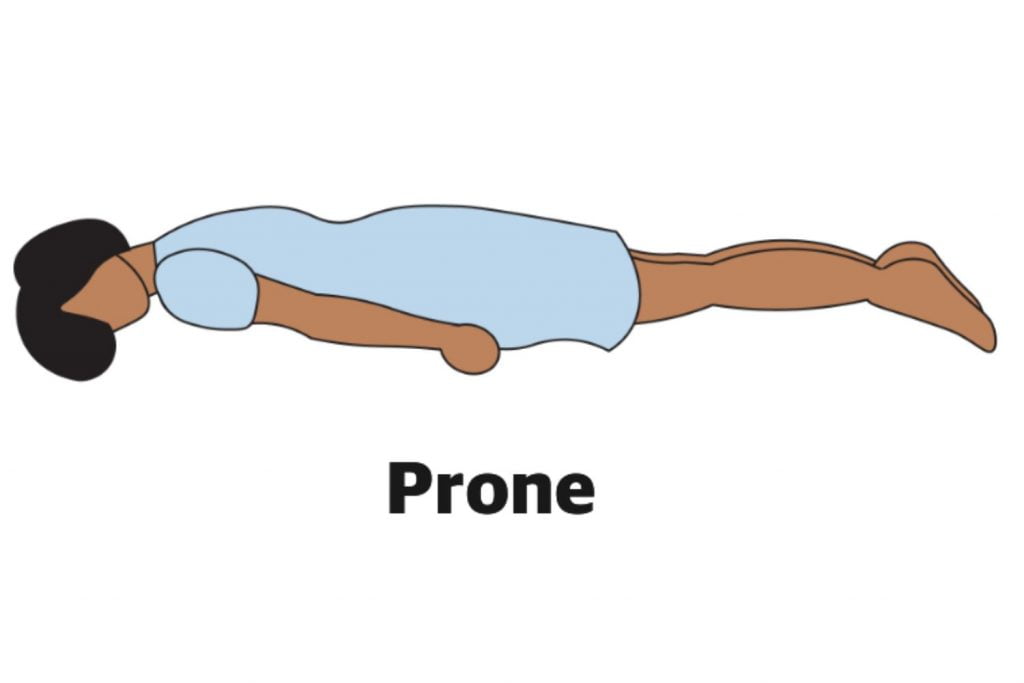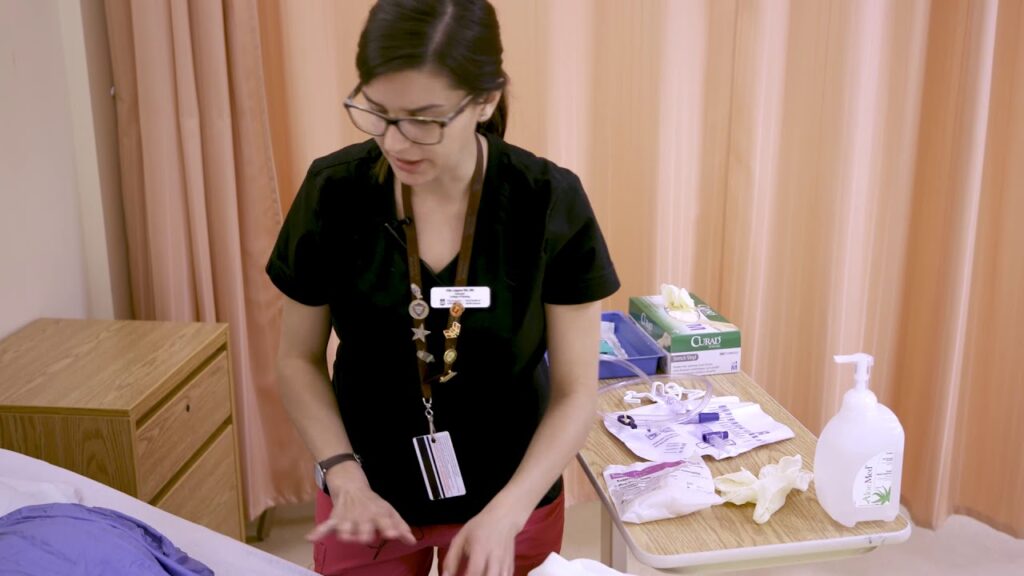Written by Hollie Finders, RN
Hollie Finders is a registered nurse with years of experience working in the health care field. She has degrees in both biochemistry and nursing. After working with patients of all ages, Hollie now specializes in pediatric intensive care nursing. Hollie’s LinkedIn
Procedure
Equipment needed: 2-3 coworkers, bath blanket, stretcher or gurney
- Perform hand hygiene.
- Explain the procedure to the patient and ask for his or her assistance in following directions.
- Lock the bed wheels and raise the bed to a comfortable working height.
- Lower the head of the bed until flat. Lower the side rail on the working side.
- Cover the patient with a bath blanket and remove the patient’s top sheets.
- Loosen the bottom sheet from underneath the patient. Roll the bottom sheet towards the patient.
- Align the stretcher next to the patient’s bed. Ensure the side rails are down, the wheels are locked, and that the height of the stretcher matches that of the bed.
- Have a coworker or two lower the side rail on the other side of the bed, loosen the bottom sheet, and roll it towards the patient.
- Instruct the patient to cross his or her arms across the chest. Ensure the patient is ready for the transfer and inform the patient when it will happen.
- With a coworker joining you on your side, reach over the stretcher and grab the roll of sheets. Have the coworkers on the other side of the bed grab the roll of sheets on their side.
- On the count of three, have everyone gently lift and slide the patient onto the stretcher. Use proper body mechanics to avoid injury.
- Raise the side rails on the stretcher.
- Unlock the stretcher’s wheels and transport the patient to the desired destination with the assistance of another coworker. Do not leave the patient alone in the stretcher.
Important Information
Moving a patient from a bed to a stretcher can pose huge safety risks to both the patient and to the health care workers completing the transfer. Always use the appropriate amount of people to complete a transfer, which may vary according to the patient’s weight and/or the facility’s policy. In some cases, a mechanical lift may be needed [1]. Before moving the patient, always ensure that the transfer can occur in one fluid motion. For instance, make certain that there is enough slack on a patient’s oxygen tubing or IV lines to avoid injuring the patient or damaging the equipment.
References





